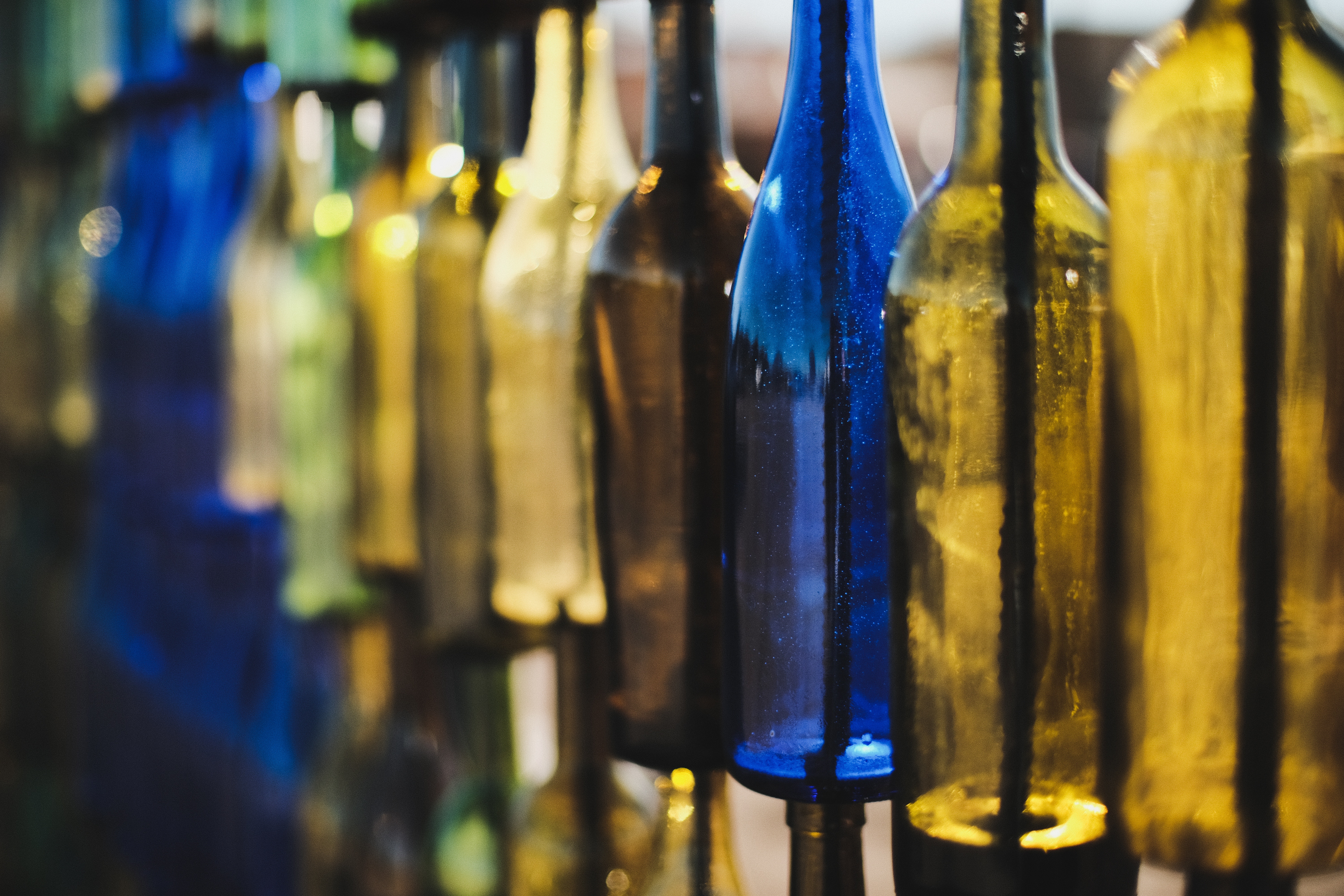What does our tasting room say about our brand? The tasting room is the mirror and reflects the company’s standards, brand, and image. Creating an environment that not only reflects this but also will attract, engage, and motivate the customer towards making a purchase is largely reliant on effective visual merchandising.
Visual merchandising utilizes displays, color, lighting, smells, sounds, digital technology and interactive elements to catch customers’ attention and persuade them to make purchases. It’s a mix of art, inspiration, space planning and thoughtful attention to detail. It is part of “silent selling” which, along with presentation of the wines and engaging staff interaction, becomes part of our customers’ unconscious decision to buy – or walk away.
What makes the most impact on sales and customers?
- The Power of Engagement – It’s not only about dialog with the staff and guests, it’s about engagement of guests with our products. Does your tasting room retail area enable guests to touch and pick up products and get engaged with them? If products are displayed within eye level, consumers are more likely to reach out and touch those products. In theater, a ‘vignette’ creates a setting. In the same way, winery tasting rooms stage small areas to showcase our products. Have you set your stage accordingly? The rule in great visual merchandising is simple: our presentation should reflect our product.
- KISS – Keep It Simple, Silly! – Simplicity of displays is the key. Less is more. Do you have clear views of your products that are not distracted by other products or displays with enough space? We don’t want it to look overcrowded. Displays should be creative and flow naturally, leading your customers throughout your store (especially if you’ve created a Guest Journey Map that sets them up to walk according to your plan). Avoid a lot of surface clutter.
- Embrace All the Senses – Great merchandising appeals to more than the eyes. Consider how your tasting room sounds, smells and even feels. Are all of these “messages” you’re sending with music, scents, and other environmental factors in keeping with the displays you create? With the winery brand image? Silent selling evokes the senses without addressing them directly, so use subtle clues to help, such as music, lighting, and colors:Enhance the ambiance of the tasting room/retail area; by adding music and dramatic lighting, we can create a good impression and match the type of ambiance with the lifestyle and culture of our target market. Color can demand a shopper’s attention, evoke emotion and influence decisions. Does your merchandising plan include colorful focal points will help draw shoppers to those key areas?
- Signage Support – It’s impossible to tell them everything about our store and the products within it. Ensure customers recognize the signage opportunities as a place for them to gain valuable information. Visual indications direct our customers to roam around our tasting rooms and wineries which often results to unplanned purchases.
- Merchandising Themes – Theme merchandising is a great way to communicate seasonal activities or other information such as vignettes and mini-stories. Customers relate to these, and as a result, they are more likely to purchase.
Group Like with Like. Cluster like-items by size and color to create a clean appearance. Larger items have more impact than small; small items need special treatment or they can get lost or look cluttered. Objects have more impact when displayed together. Remember that scale is important. When building a product display, look for products that are natural add-ons to the main product featured.
How often do you change your merchandise in the tasting room? Winter, Spring, Summer and Fall may be popular but there are still thousands of visual merchandising themes which you can – actually, sky is the limit when we talk about themes. Try to employ at least six different themes in a year.
Location, superb wines and a rock-star team are all essential elements of success, but to build an extraordinary customer experience, understanding and employing the principles of good visual merchandising makes a huge difference. As Disney says, “Everything speaks.” So think about it – what do our tasting rooms really say about our brands?




